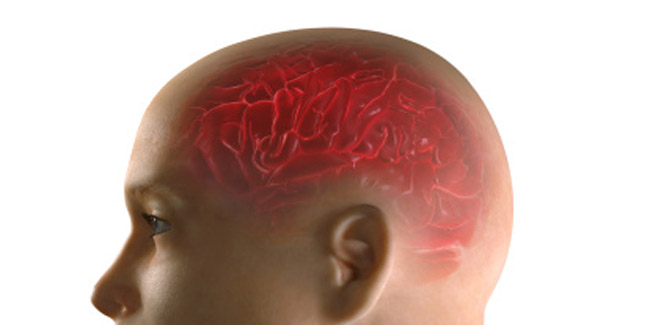
Panthothenate kinase neurodegeneration is the disorder of the nervous system which is characterised by the progressive difficulty with movement. The movement abnormalities that occur due to the condition include muscle spasms, rigidity, and trouble while walking. The condition may also lead to speech problems, vision loss, behavioural problems, personality changes and depression. Magnetic resonance imaging scans indicates an accumulation of iron in certain areas of the brain. This particular sign is known as the eye of the tiger sign.
Table of Content:-

According to the researchers the condition has classic and atypical forms. The classic form is common during the early childhood and has severe problems with movement which worsens rapidly. While atypical usually appear in later childhood or adolescence which progress slowly.
Genes related to pantothenate kinase – associated neurodegeneration.
The mutations of PANK2 gene is believed to cause pantothenate kinase- associated neurodegeneration. The gene PANK2 provides instructions for making panthothenate kinase 2 enzyme. The panthothenate kinase 2 which is present in the mitochondria plays an important role in the formation of a molecule called coenzyme A. Coenzyme A is found in all living cells and essential for the production of energy from carbohydrates, fats and some protein building blocks.
Mutations of PANK2 gene lead to the formation of abnormal version of pantothenate kinase 2 which results in disruption of coenzyme A. These disruptions allows harmful compound to build up in the brain leading to the swelling and tissue damage.
How do People Inherit Panthothenate Kinase associated Neurodegeneration
The condition is inherited in an autosomal recessive pattern which means both the gene in each cell have mutations. The parents of an individual who has auto somal recessive condition each carry one of mutated gene.
Image Courtesy : Getty
Read more articles on Understand Panthothenate Kinase Associated Neurodegeneration
How we keep this article up to date:
We work with experts and keep a close eye on the latest in health and wellness. Whenever there is a new research or helpful information, we update our articles with accurate and useful advice.
Current Version